High Visibility, Smart Video Surveillance, and Well-Implemented Privacy Rules Create a More Secure Work Place
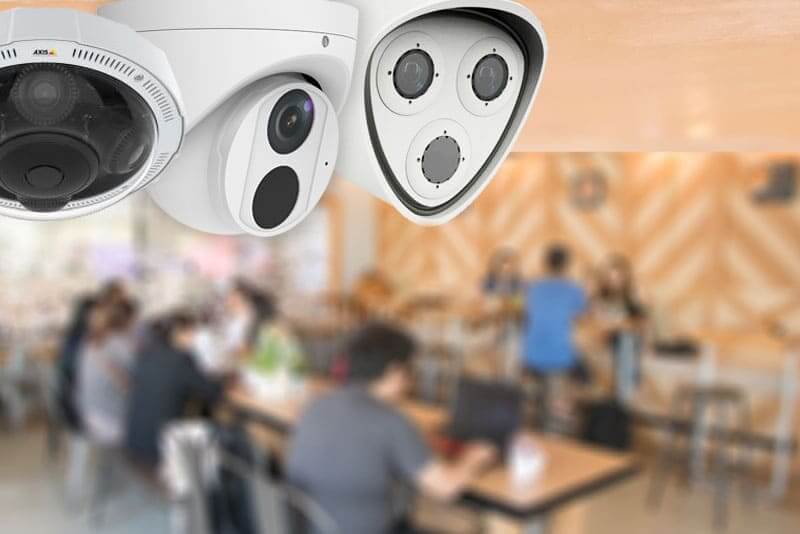
Yes! In this article, we intend to present radical thoughts.
- How we see video surveillance change and expand its focus and purpose in modern companies
- How and why employers and employees will embrace new technology
- Are we ready to democratize video access? What new restrictions and rules do we need?
Today's technology is way beyond the forensic video surveillance approach of the 90s and early 2000 when video surveillance was kept in a DVR or VMS box that only an IT specialist would consult after something bad had happened. Systems were primarily used by the security team or loss prevention team. However, that approach ignores the wealth of opportunity and valuable additional information and intelligence available to the users. Security cameras in today's data-centric world can pay for themselves and provide a measurable ROI if they are used for more than just recording slip and falls, smash and grabs, or fender benders in the parking lot.
In our new hybrid world, with many employees working at least part-time from home, the company's video surveillance system can become the eyes of these employees. Once that happens, video cameras will be used a lot more.
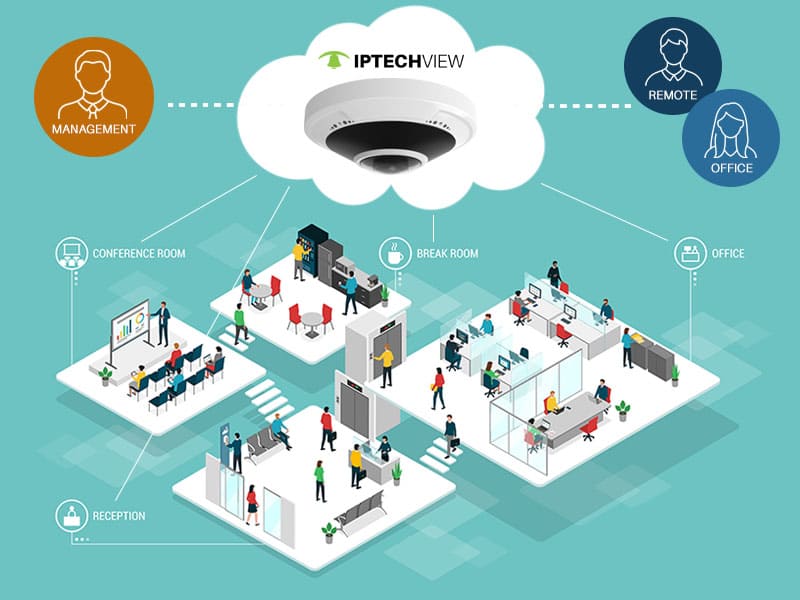
Privacy and Boundaries in Video Surveillance
Some laws request to put up signage, so people know that there are cameras, and in some cases, there are limits to audio recording, but that’s it. Cameras are everywhere in business offices, organizations, and buildings. Most people never see their company's video footage and know who is watching them. We are expected to live with cameras. Some people are starting to wonder if we have too many cameras and even feel they are not getting enough value back from these cameras in exchange for the perceived privacy they are giving up.
We believe the opposite is the case and that we are at a point where more cameras can give people more visibility, situational awareness, transparency, and security.
More cameras that are more visible and accessible to everyone change the dynamics from a supervisor privilege point of view. This can be intimidating to supervisors. When video access is democratized and can be used as a tool by all to improve everyone's natural visual sense, and they can see things not only where they are but at other places and from different perspectives, how will this affect office culture?
Open Video Culture
So what if we all could see our video surveillance cameras? This is becoming a trend and is making the need for video access in business bigger than ever, and the technology to do so smartly more valuable than ever.
Video is almost more valuable when it’s from somewhere we are not. The farther we are from the object or situation being observed technically, the more valuable the video. This latter rule is also why cloud-based cameras are more valuable than local on-premise-only cameras. What effect does providing these tools have on the team when we enable within reason most video surveillance to be open to all that need it?
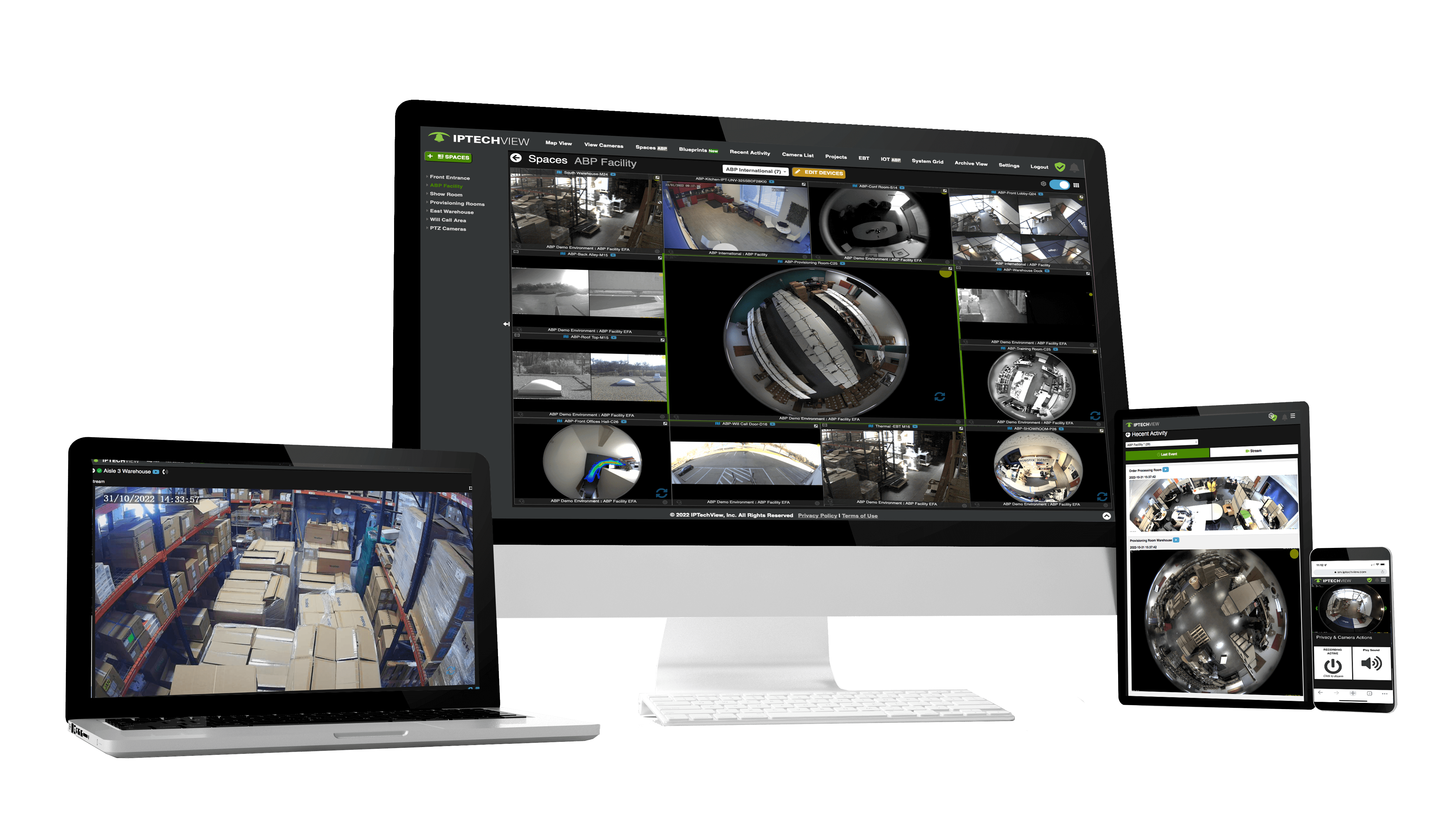
In a democratized video world, the warehouse manager can see if the pallets were moved or if the container in the yard was picked up. HR can check if interactions of Joe with his estranged coworker have become cordial and are within policies. From workflow and process monitoring, studying best practices, and training cameras have infinite new possibilities.
In open business culture, there is trust, and teams and people collaborate. This can be transferred to your video surveillance to create an “open video culture.”
If you think you left something in the office, you can simply log in to your company’s video management system and look and see if it’s on your desk. But if it’s that easy, what about abuse? Is it OK for everyone to see the cameras in their workspaces and see what they could see if they were there? A well-designed system can easily show general overview cameras or specific cameras assigned to each employee's areas and spaces and add these to their corporate user access roles management. Read more about open organizations.
More Visibility leads to more security.
Without a doubt, cameras help create extra safety for offices, warehouses, building parking garages, public streets and spaces.
But who watches your cameras? How about, you could say, my entire office team? What if anyone on your team could watch them? What new restrictions and rules do we need?
Security and protection are essential, but how do we balance this with privacy expectations?
It is very possible that in our new hybrid world where office occupation is a lot lower, this technology is exactly what is needed to provide a higher sense of safety and not being alone. Things are changing, and as a society, we are in a never-ending balance of benefits and downsides of new technologies.
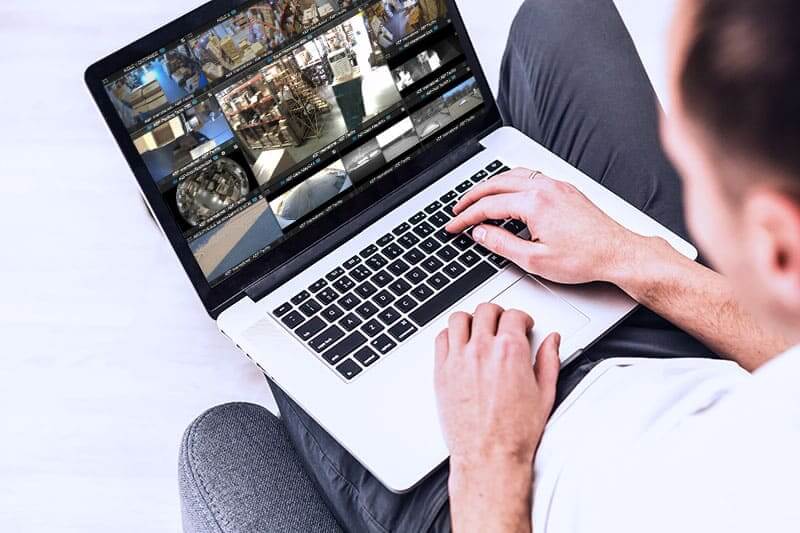
Painless User Access and Privilege Management for Security Cameras
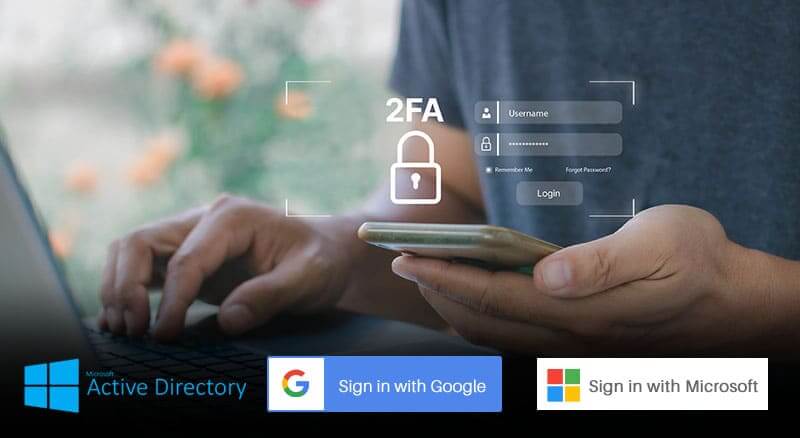
With IPTECHVIEW, single sign-on for popular email services is a given. This makes user, basic privilege, and credential management easy. Enterprise customers can optionally use ActiveDirectory, Identity management IDENT, or Octa and can design their own grants to make privilege management straightforward and standard.
Directory and user privileges are easy to set up by corporate IT in their usual systems of choice. PTZ cameras with the power to zoom in too close for comfort can easily be made off-limits for the staff that doesn’t need them, while general overview cameras that see what anyone would see if they were present in their workspace can stay open to all that work there and have viewing privileges.
At IPTECHVIEW, we believe the first mission is to make video camera access and usage more intuitive and easy to use for all, and turn video into a more inclusive tool rather than create an AI or Deep Learning system only specialists can drive.
If you have not yet seen the platform, request a demo to see how easy users can navigate and how security team people also get more modern and more accessible tools to do their work all on the same video management system.
Stay tuned for More on this topic in future Blog on Workflow & Process management.




